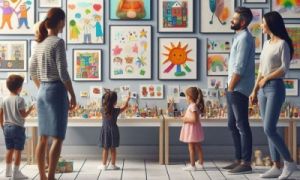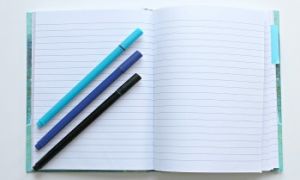Incorporating STEAM displays within early learning environments offers children rich, open-ended opportunities for discovery, creativity, and problem-solving. From light tables with translucent materials to interactive coding corners and nature-based science trays, each provocation is designed to ignite curiosity and encourage independent exploration. The following provides a list of STEAM Displays and Learning Provocations For Children To Explore Independently.
Science & Nature Corners
- Mini labs with magnifying glasses, natural materials (leaves, shells, rocks), and simple classification charts.
- Weather stations where children can observe and record daily changes using symbols or drawings.
Engineering & Construction Zones
- Loose parts like blocks, tubes, connectors, and recycled materials for open-ended building.
- Challenge cards: “Can you build a bridge that holds a toy car?”—great for problem-solving and collaboration.
Art & Design Provocations
- Materials like clay, wire, and natural pigments alongside images of famous artworks or cultural patterns.
- Light tables with translucent shapes for exploring symmetry, color mixing, and patterning.
Math & Pattern Play
- Provocations with counting frames, measuring tapes, and shape puzzles.
- Real-world math: setting up a pretend café with menus, prices, and play money.
Technology Exploration
- Simple coding toys like Bee-Bots or Cubetto.
- Old keyboards, phones, or calculators in a “tech tinkering” station for imaginative play.
Science & Discovery Stations
- Magnet Maze Wall: Children move magnetic objects through mazes using wands behind a clear panel.
- Sink or Float Table: A water tray with natural and recycled materials, paired with prediction cards.
- Mini Greenhouse: Transparent containers with seeds, labeled with children’s names and observation charts.
Math in the Everyday
- Pattern Pathways: Floor tiles or felt shapes children can arrange into repeating patterns.
- Measuring Me: A height chart with string, blocks, or ribbons children use to compare lengths.
- Loose Parts Graphing: Shells, buttons, or pebbles sorted into labeled jars or trays.
Art Meets Engineering
- Sculpture Studio: Wire, clay, and natural materials with prompts like “Can you build a creature that stands on one leg?”
- Shadow Play Wall: Overhead projector or light source with translucent materials for silhouette exploration.
- Tinkering Tray: Nuts, bolts, wood offcuts, and child-safe tools for open-ended construction.
Culturally Inclusive STEAM
- Textile Touch Table: Fabrics from different cultures with magnifiers and weaving frames.
- Sound Around the World: Instruments from various cultures with QR codes linking to audio clips.
- Story Stones & Maps: Painted stones representing cultural tales placed on a world map rug.
Technology & Light Exploration
- Light Table Invitations: Transparent letters, numbers, and natural items for sorting and storytelling.
- Coding Corner: Bee-Bots with mats themed around local landmarks or cultural symbols.
- Old Tech Disassembly: Phones, keyboards, or radios for safe tinkering and exploration of “what’s inside.”
Further Reading
STEM Education
STEM: Teaching Guide For Educators
Introducing STEM To Children In Early Childhood Settings
Examples of STEM Experiences
STEM for Toddlers


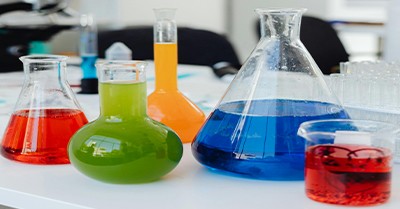
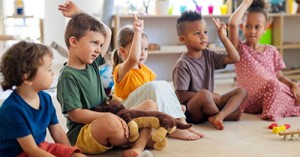

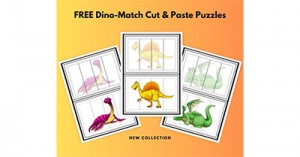
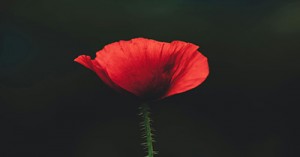
 Open ended questions cannot be responded to with one word answers such as yes or no. These types of questions enables a child to provide
Open ended questions cannot be responded to with one word answers such as yes or no. These types of questions enables a child to provide During your child’s preschool years, an important milestone begins to emerge. This is the development of pre-writing skills. Pre-writing skills are used to encourage, develop
During your child’s preschool years, an important milestone begins to emerge. This is the development of pre-writing skills. Pre-writing skills are used to encourage, develop Open ended materials enables children to play freely. They are objects that have no rules to follow, use or function. Raw materials that can be
Open ended materials enables children to play freely. They are objects that have no rules to follow, use or function. Raw materials that can be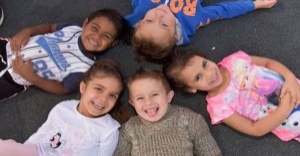 An Acknowledgment of the Country is a way of showing respect for the Traditional Owners and can be given by both non-Indigenous people and Aboriginal
An Acknowledgment of the Country is a way of showing respect for the Traditional Owners and can be given by both non-Indigenous people and Aboriginal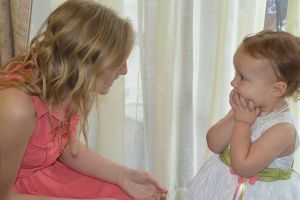 Language plays an important role in a child’s development. It enables a child to communicate effectively with their family, learn at school, socialize with friends,
Language plays an important role in a child’s development. It enables a child to communicate effectively with their family, learn at school, socialize with friends,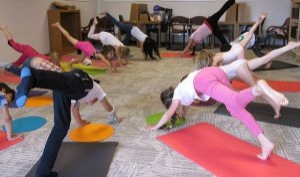 Like adults, children have to deal with their own stress in life. Moving house, starting a new school, preparing for a new sibling - these are
Like adults, children have to deal with their own stress in life. Moving house, starting a new school, preparing for a new sibling - these are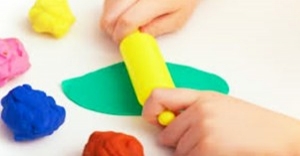 Playdough is such a versatile material. It provides numerous benefits to children as they manipulate it, it is safe and soothing and provides children with
Playdough is such a versatile material. It provides numerous benefits to children as they manipulate it, it is safe and soothing and provides children with Teaching children about sustainability enables them to appreciate and respect the natural environment. Early childhood services can provide meaningful hand on learning experiences in order
Teaching children about sustainability enables them to appreciate and respect the natural environment. Early childhood services can provide meaningful hand on learning experiences in order Recycling is an important concept that teaches children to care for the environment. It encourages children to be responsible and show a growing appreciating for
Recycling is an important concept that teaches children to care for the environment. It encourages children to be responsible and show a growing appreciating for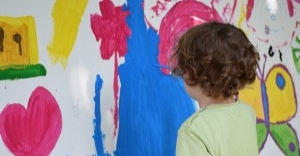 When children apply paint to paper, glue things together, or pound a lump of clay, they experiment with colour, shape design and texture.
When children apply paint to paper, glue things together, or pound a lump of clay, they experiment with colour, shape design and texture.
